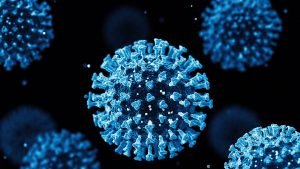
“If you have tested positive, you are infected. At the moment, you are [either] symptomatically infected or pre-symptomatically infected,” says Paul A. Offit, MD, director of the Vaccine Education Center and a professor of pediatrics at Children’s Hospital of Philadelphia. At that point, you need to isolate for 5 days, according to the new CDC guidance. (That period has been shortened from 10 days to 5.)
Isolation means separating the infected person from others. Quarantine refers to things you should do if you’re exposed to the virus or you have a close contact infected with COVID.
Under the new CDC guidelines, after the 5-day isolation, if the infected person then has no symptoms, they can leave isolation and then wear a mask for 5 days.
Those who test positive also need to tell their close contacts they are positive, says Amesh Adalja, MD, a senior scholar at the Johns Hopkins Center for Health Security.
According to the CDC, the change to a shortened quarantine time is motivated by science ”demonstrating that the majority of SARS-CoV-2 transmission occurs early in the course of the illness, generally in the 1-2 days prior to onset of symptoms and the 2-3 days after.”
